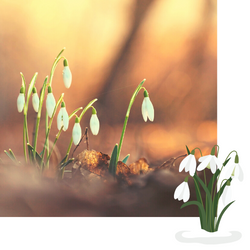
The calendar says spring, but the weather isn’t quite ideal for most garden veggies and annuals. While planting seeds indoors for later transplant is fun, it’s not exactly scratching our itch to plant in the garden. So what can we plant? Asparagus, Chives, Fennel, Garlic, Onions, Peas, Potatoes, Radishes, Strawberries are the earliest veggies to plant. We’ll focus on 3 of the most popular early vegetables – peas, asparagus and strawberries.
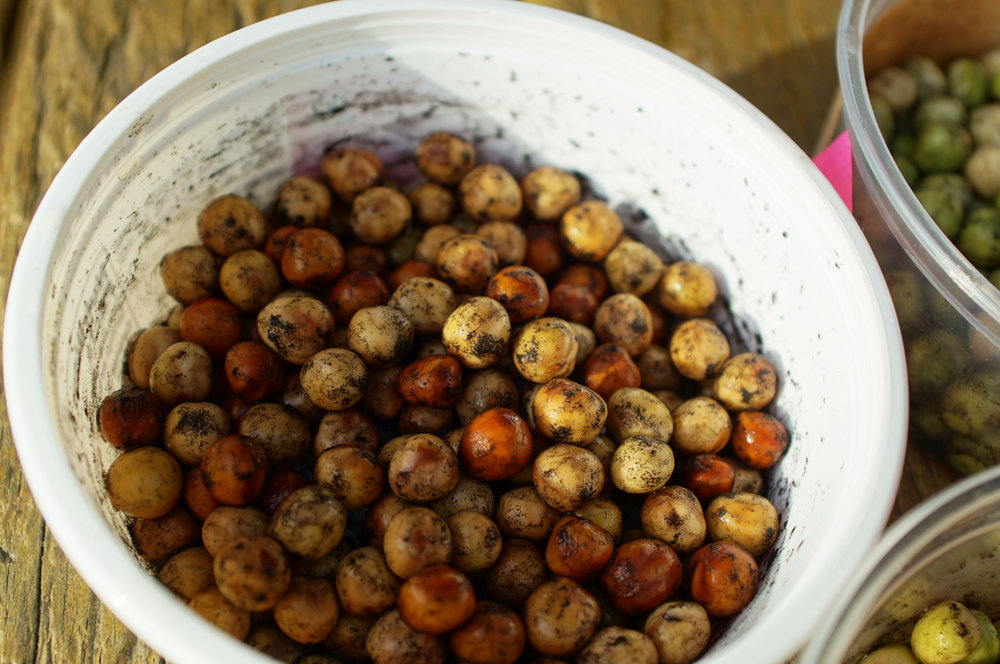
Peas are among the easiest vegetables to grow. It’s a great choice for beginning gardeners of all ages. They can usually be planted around the first week of April. Here are a few tips. Dampen the seeds and cover them with inoculant for legumes before planting, then plant. Peas and other legumes benefit from inoculation, which adds bacteria to the host plant seed prior to planting. The bacterium attaches to the root system and creates a symbiotic relationship with legumes, making it easy for your peas to obtain and use nitrogen.
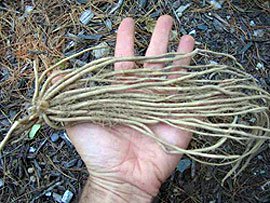
Asparagus takes a little effort and time, but the reward is oh, so tasty. ‘Martha Washington’ is one of the most popular varieties. However it produces both male and female plants. Female plants produce attractive red berries in the fall, but fewer edible spears. ‘Jersey Giant’ is a contemporary hybrid of all-male plants, which is more productive and has greater disease resistance. ‘Purple Passion’ produces purple spears which dress up the dinner plate and often entice children to eat their veggies.
It’s best to wait a year after planting asparagus, before making a harvest. This allows the plants to develop a healthy root system. In the second season, harvest spears larger than a pencil. The third season, and thereafter, harvest as you choose. Allowing the plants three seasons to fully establish themselves insures a long lived patch for years to come.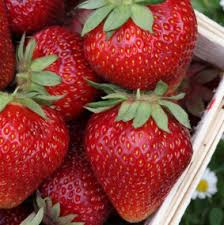
Strawberries are another popular perennial edible. It’s best to provide a separate planting area for them, outside your normal vegetable beds, because plants spread rapidly. There are 3 types of strawberries: June bearing, Everbearing and Day Neutral. We skip the June bearing plants because we want strawberries more than just one month each year. Everbearing strawberries provide two crops of strawberries, making them ideal for canning and freezing. Fort Laramie, Quinalt and Ozark Beauty are some of our favorites. Day Neutral strawberries produce fruit from spring to fall, making them a great choice for enjoying fresh from the garden throughout the summer. Our favorite is Eversweet, with its large, deliciously sweet flavor. It’s also the best choice for container growing since it doesn’t require pinching of runners or flowers to establish.
While we offer strawberry transplants in packs, you may find it easier to start from dormant bare root stock. When planted in early spring, once night temperatures are consistently above 25°F, they establish quickly. Be sure to stay on top of weeding around your strawberries. An ounce of prevention goes a long way when it comes to the strawberry patch. Mulch will help keeps weeds in check, making it a little easier on your knees. When it comes to June bearing and Everbearing varieties, it’s a good idea to remove the flowers and runners for the first season in favor of growing a healthy root system. We know it’s a lot to ask, but a little self-control now will provide you with a bigger harvest the second season. Container grown strawberries won’t over-winter here, so there’s no need to pinch off flowers or runners.
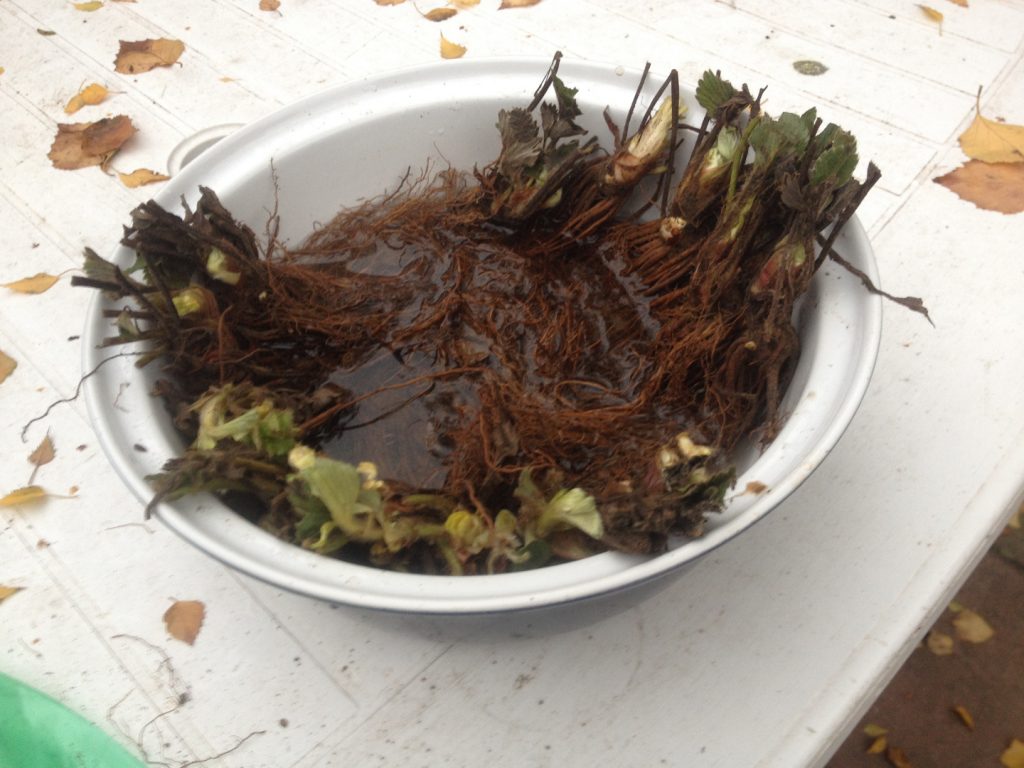
To get started, amend the planting area with compost. Soak your strawberry roots for about half an hour, to rehydrate them, before planting. Plant them so that the soil level is level with the crown of the plant. Be ready to cover with netting to keep birds and small animals from snatching your strawberries as they grow. Drip irrigation is the best way to water strawberries. If you water overhead, do it in the morning. This will allow the fruit and foliage to dry before nightfall, reducing the risk of disease affecting your plants.

